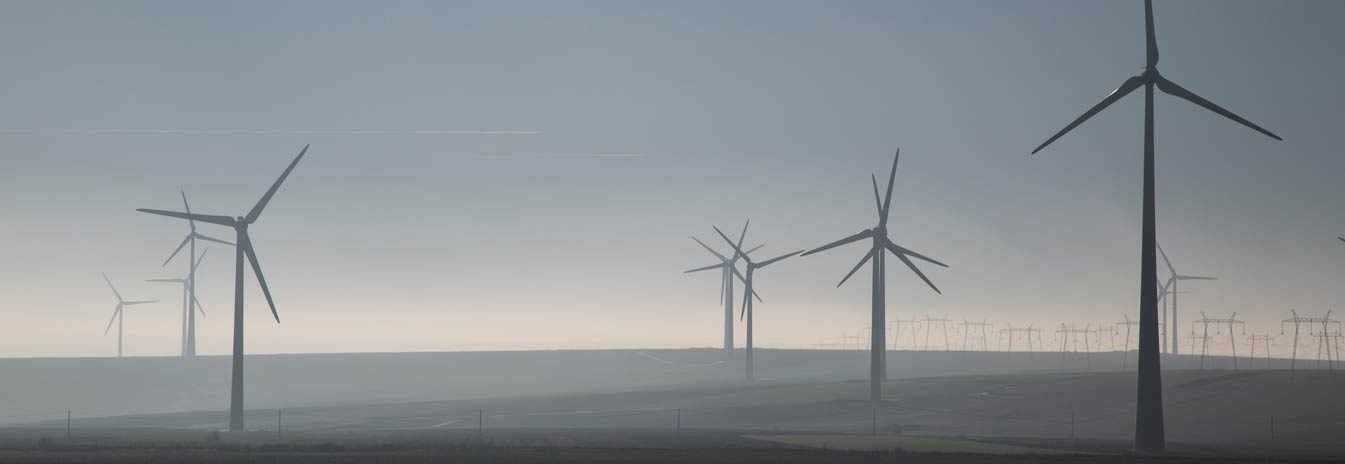December 01, 2017

Since the Paris Agreement in 2015, the World Bank Group has been ramping up climate action and stepping up efforts to mobilize finance for climate action to help countries transition to a low-carbon, more resilient world.
December 12, 2017 marks the two-year anniversary of the Paris Agreement’s adoption. Leaders from around the world will gather in Paris to reaffirm the world’s commitment to the fight against climate change. Here are 12 ways we are working with our partners to help countries make the shift to a climate-smart world.
Banner and thumbnail photo credits to Jutta Benzenberg/World Bank



